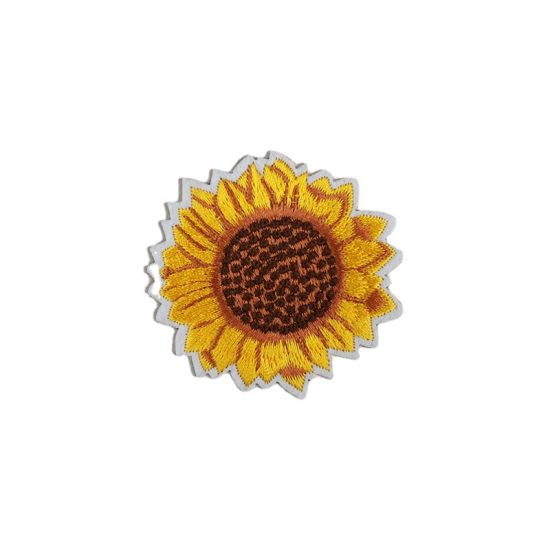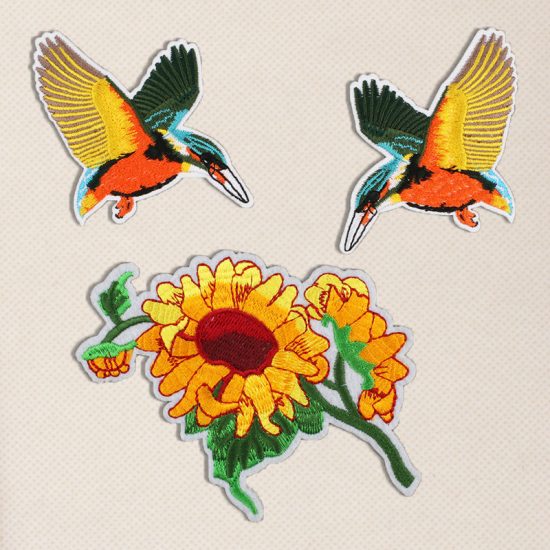Early years (1900s-1930s): The first iron on patches were created in the early 1900s by embroiderers who would cut out designs from leftover fabric and apply them to garments with heat. This technique was refined in the 1930s with the invention of a special adhesive that could be activated with heat.
1940s-1960s: During World War II, iron on patches became popular among military personnel, who would use them to identify their units and affiliations. After the war, iron on patches continued to be used by various groups, including bikers, rock bands, and sports teams.
1970s-1990s: In the 1970s and 1980s, iron on patches became more mainstream, with fashion designers incorporating them into their collections. The punk and DIY movements also embraced iron on patches as a way to customize their clothing and express themselves.
2000s-present: Today, iron on patches continue to be popular among a wide range of people and subcultures. They can be found on everything from denim jackets and backpacks to sneakers and hats. Advances in technology and design have made it easier than ever to create custom iron on patches with unique designs and colors.
Overall, iron on patches have evolved from a simple DIY technique to a mainstream fashion accessory that allows people to express their individuality and creativity. They have also become a popular way to showcase one’s interests and affiliations, making them a versatile and timeless accessory.


